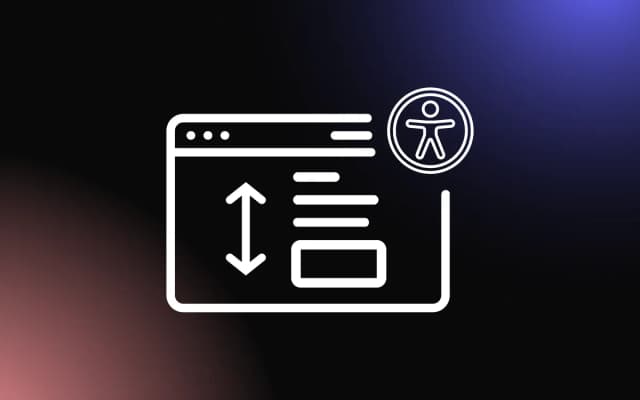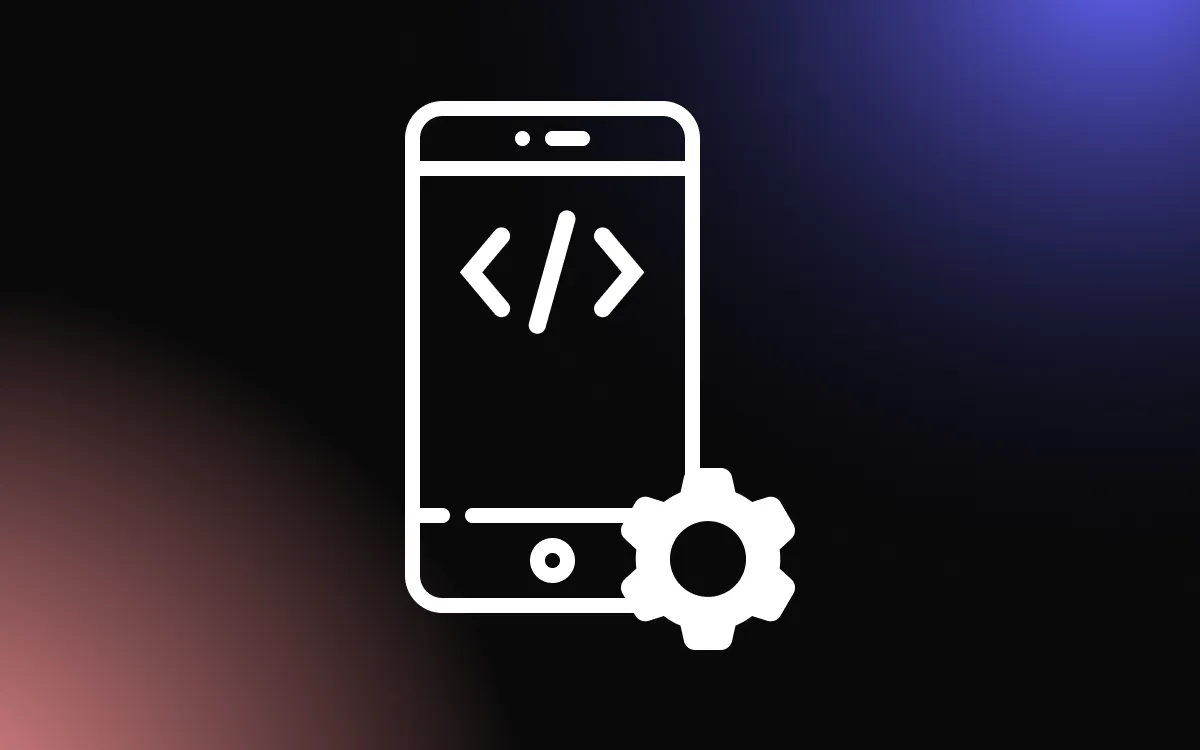
We’ve all heard (and probably implemented) it before: to increase website sales, you should include testimonials on pages to create trust, create a powerful lead magnet to capture emails, use commercial keywords, etc.Sure, each of these techniques works if used properly.
But there’s something else that can make or break your conversions: web design. Web visitors are intelligent; they know the difference between a poorly designed website and one with an outstanding design.
So, if you’re doing everything else correctly and still experiencing high bounce rates and low conversions, it’s probably time to revamp the site’s design.
1. It Gives Customers the First Impression About the Company
Before people purchase, they first visit your website to learn more about the business and its services or products. You should use the website to create a powerful first impression.
A super outdated, unattractive, and unresponsive website can affect your business negatively.
Why?
It creates a wrong impression and discourages users from staying around to learn more about the company and its offerings. Instead of seeing a rise in sales, you’ll see an uptick in the bounce rate.
You can avoid this scenario by using WordPress to design attention-grabbing, fast, and SEO-friendly web pages literally in minutes. WordPress solutions like Divi come with tons of ready-made templates and drag and drop design options that make creating a stunning website on WordPress a piece of cake.
How To Build a Good First Impression With Web Design
Use the correct colors that appeal to your audience and draw attention to specific elements.
- Instead of mixing numerous colors, choose two to four colors for your marketing materials and website template.
- Keep flash animations at bay. Only use animation and media to support content.
- Build a neat navigation structure. Avoid clutter and use white space.
- Stick to good typography: Ensure the web pages are legible. Use font types, font colors, and font sizes that anyone can read easily. To create the perfect font for your website, consider using QuickTools by Picsart font generator.
2. It Enhances Your Site’s SEO
Web design and SEO are co-dependent. If you implement one and ignore the other, it may hurt your business’s bottom line.
How?
A web design’s SEO elements help Google, and other search engines better understand and rank your site. The outcome is a better position in search engine results that helps to drive more traffic and, ultimately, sales.
When building a new website or redesigning an old one, it’s best to incorporate the best SEO and web design practices.
Remember to keep the following in mind:
- Web design that excludes SEO may hurt search engine rankings. A 301 redirect helps search engines to know where the new page is. If you redesign a site and do not set up 301 redirects, you may see a drop in traffic on particular pages.
- SEO can impact web design: SEO practices that you should integrate into the design are mobile responsiveness, user-friendly navigation, and fast loading times. These principles enhance the design, but they also boost conversions.
SEO Elements To Integrate Into Web Design
As you design a website, don’t forget to incorporate these SEO principles:
Mobile Friendliness
Most Google searches are from mobile devices. So, it makes sense to design pages that users can access on their mobiles.
If your site doesn’t display or load well on a mobile device, you may experience a high bounce rate from the users of mobile devices and rank low in Google search results.
Optimizing for mobile can also help you rank in the Google discover feed, drawing more traffic and potential customers to your site.
Coding
Most designers prefer CSS and HTML when designing a site, as these codes are easy to optimize.
Avoid flash and related codes, as it’s difficult to optimize a website developed with this coding.
Loading Speed
Your site’s loading speed is an important ranking signal. If your website takes longer to load, you may also experience a high bounce rate and lose rankings. A drop in sales may just follow suit.
Approximately 53% of people who visit your site may leave if the website takes more than three seconds to load. That said, the best loading time is two seconds.
To help your website load faster, compress images and remove inactive plugins. Besides, consider using a React WordPress theme to build your website, as it’s fast.
Plus, using WordPress cache plugins will improve the users’ experience by making the page they search for load quicker and look better.
Navigation
You should keep navigation simple for a good reason – it’s a significant component of user experience. Make it easy for website visitors to locate whatever they need and raise the likelihood of converting them to buying customers.
Besides, easy-to-use navigation reduces the chances of visitors getting confused and exiting your website, reducing the bounce rate and improving rankings.
URL Structure
Give your pages a descriptive URL structure that reflects the content they have. Furthermore, divide words by hyphens rather than underscores. Also, add relevant keywords in the URLs.
Images
Copy isn’t the only website element you can optimize; images are equally essential, and high-quality photos, for that matter. You may have to use photo editors or image editors to create customized images, especially blog post featured images.
When uploading images, designers should keep the following practices in mind:
- Add Descriptive File Names: Instead of giving images abstract file names like “IMG_025”, describe it with a relevant keyword or even its variation.
- Upload Small Image Files: While large images are beautiful, keeping the file as small as possible is crucial. Why? Large image files may slow down page load times, which may provide a bad user experience and increase your site’s bounce rate. Ultimately, your rankings will drop, which means less traffic and little to no sales. So, whether you use a stock image or a customized one, ensure its size is small enough to enhance load times.
- Include Alt Tags: Image alt tags refer to the text tags that appear when you hover a mouse over an image. The tags offer the image description, informing search engines what the image is about. But that’s not all. Alt tags also make it easy for visually impaired visitors to access your website. While these users may not see the image, they can read its description.
- Readability: Use fonts whose appearance and size are easy for users to read. Some of the best fonts for web design include Open Sans, Montserrat, Lato, Roboto, Helvetica, and more.
3. It Helps To Build Trust With Potential and Existing Customers
Typically, most people don’t trust unresponsive, poorly designed, and outdated websites. So, if you have a poorly designed site, most customers won’t be willing to buy from you.
Luckily, you can design your site correctly and attract more customers who will trust you and may also purchase your services or products.
This is important for all businesses but can be even more important if you’re trying to position yourself or your brand as an industry thought leader. For instance, if you have a personal brand and you build and sell online courses, your web design is the first impression that all of your visitors to your site get. If it’s poorly designed or doesn’t give off a feeling of trust, it’s likely that this will negatively impact your conversions.
Conclusion
Outstanding web design can help improve user experience, reduce the bounce rate, boost rankings, build trust, drive traffic, and generate sales.
When designing any website, incorporate the ideal SEO principles to improve search engine visibility, ultimately increasing traffic and conversion.
So, do your best to integrate the above tips in your upcoming web design or redesign project to make the business more profitable.


